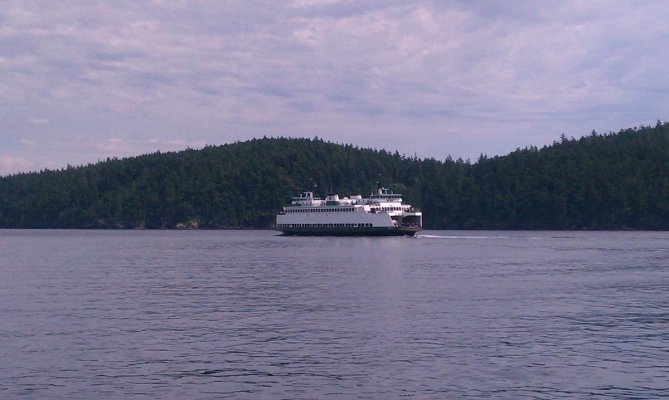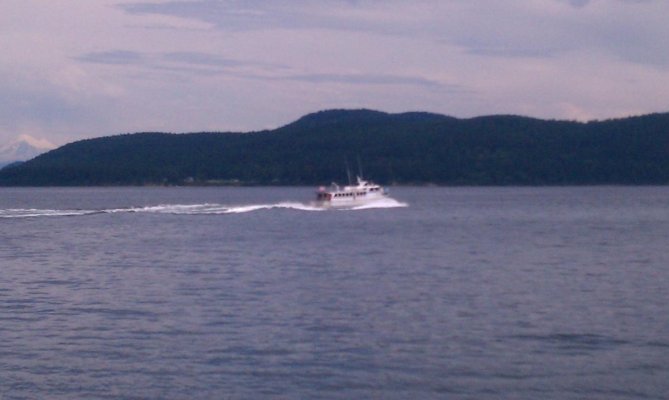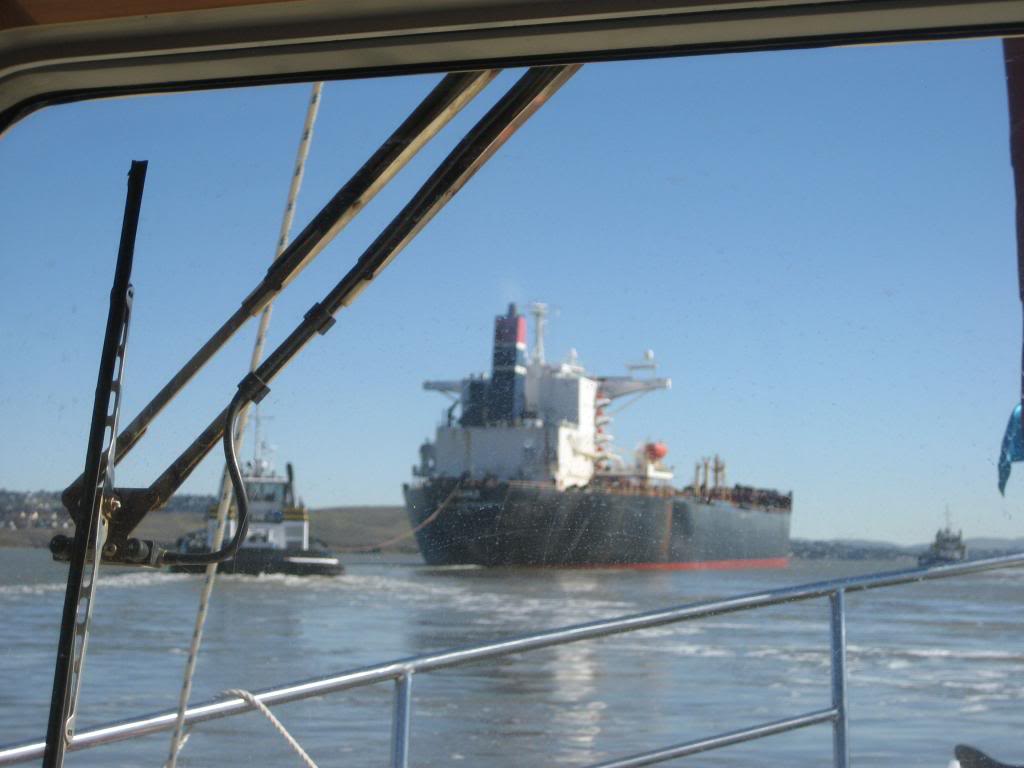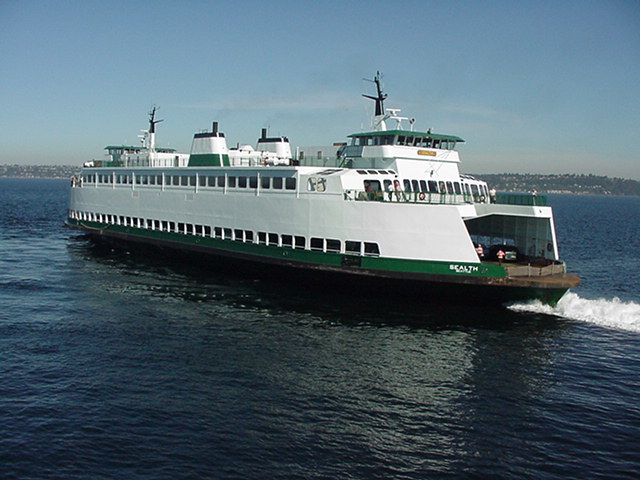Max Simmons
Guru
- Joined
- Oct 15, 2007
- Messages
- 805
- Vessel Make
- Ocean Alexander 38'
Pondered this while cruising the San Juans this weekend. The Elwah can cruise by at I'm guessing 20 knts and barely cause a wake. Right behind is a tour boat running about the same speed with a big bone it's mouth, causing me to shut off the autopilot, turn into the wake and generally disrupting a very pleasant cruise back to Anacortes. As I enjoyed a good Cabernet back at the dock, i was wondering if this a function more of hull design, theoretical hull speed or what. Does the double ended design of the ferry help reduce wake?









